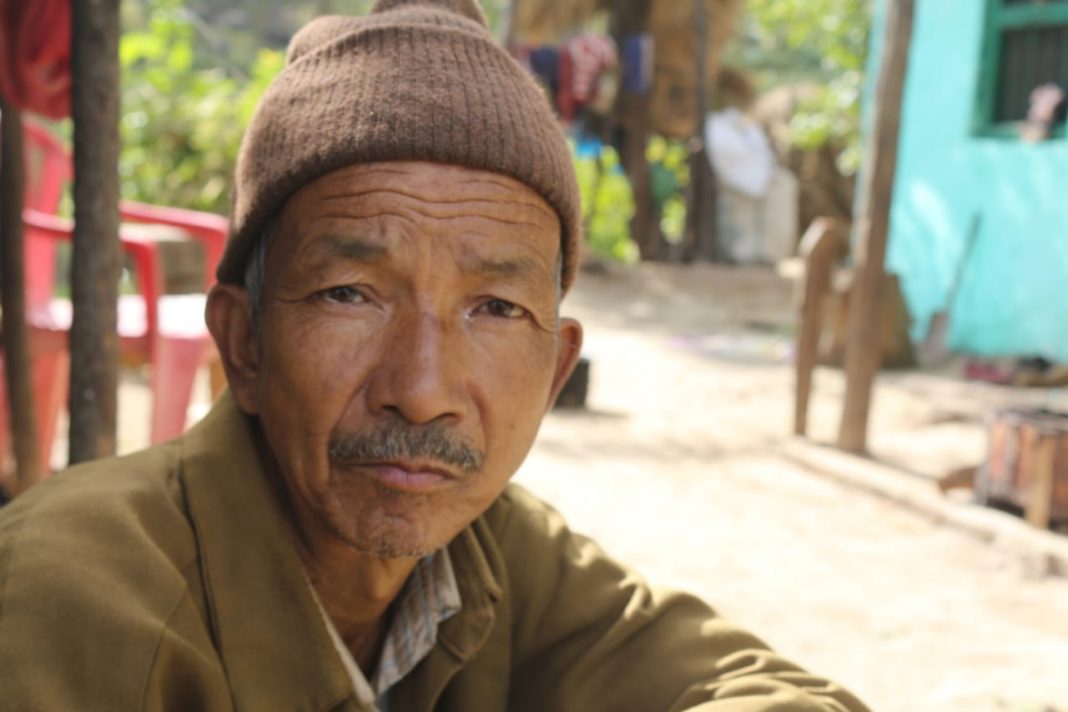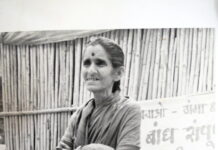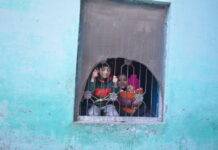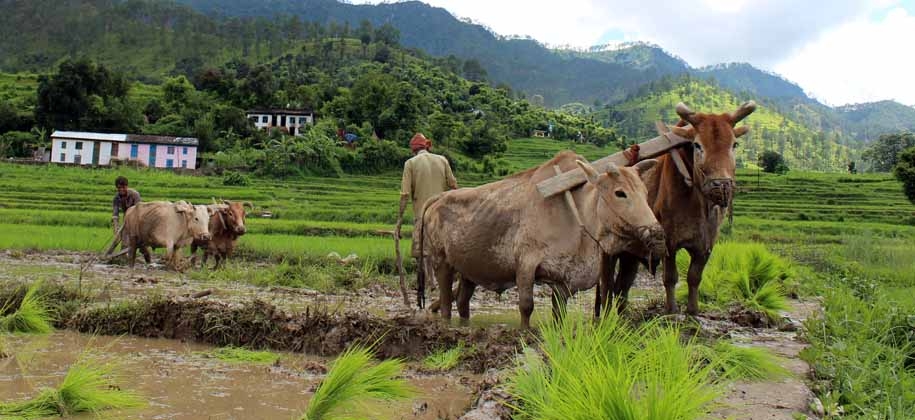The United Nations, in its 49/214 resolution of December 1994, decided to observe 9th August of every year as International Day of the World’s Indigenous Peoples. This day is celebrated with a motive to protect, promote, and respect indigenous cosmologies all around the world. The theme for this year’s International Day of the World’s Indigenous Peoples is ‘COVID-19 and indigenous peoples’ resilience’ which aims to sense the indigenous methods and solutions to tackle the COVID-19 pandemic. The present deliberation will distance itself from the annual theme of the day and instead make use of this opportunity to bring forth the prolonged exclusion latched to an indigenous community which has remained unheard of till now.
The Raji tribe is a Particularly Vulnerable Tribal Group (PVTG) dwelling majorly in the eastern part of the Pithoragarh district of Uttarakhand. It was in 1957, that the Raji people were declared a Scheduled Tribe along with four other tribes; Tharu, Buksa, Jaunsari, and Bhotiya. The Raji tribe due to their prolonged exclusion; in 1975 they were listed under the Particularly Vulnerable Tribal Group erstwhile known as Particularly Tribal Group (PTG).
The Raji tribe was brought into the light by the then commissioner deputed in Kumaon G.W Trail in 1823. This tribe in the vernacular dialect is known as ‘Van-Rawat’, ‘Vankanhaiya’ (Crooke, 1896); ‘Vankhaniya’, ‘Banraut’, ‘Vanmanush.’ The smallest tribal group in Uttarakhand was erstwhile the hunter-gatherers; now they busy themselves with subsistence-agricultural activities, labor-intensive jobs, carpentry, etc. Anthropologically they belong to the Tibeto- Burman family which originally had a nomadic lifestyle but now they have settled around the Kali River, running between India and Nepal.
State and the Raji Tribe
The institutional support for the promotion of the development of Tribes are majorly included under the head Integrated Tribal Development Agency (ITDA) / Integrated Tribal Development Project (ITDP). The clusters under ITDA/ITDA are identified “to cover smaller areas of tribal concentration with minimum total population of about 5,000 and Scheduled Tribes (ST)concentration of 50% or more.” The Government of India has declared 193 ITDPs / ITDAs in 18 States and 2 Union Territories in the year 2019. Not a single ITDP/ITDA or MADA (Modified Area Development Approach) was received by the state of Uttarakhand. (Ministry of Tribal Affairs, 2019) The criterion stated above-mentioned for programmes or approaches makes it impossible for tribes with small populations such as the Raji tribe to get funds under these schemes.
The cardinal constituent of several other programmes/ activities carried down by the Ministry of Tribal Affairs (MoTA) remains the population of the Scheduled Tribe in the state. This becomes evident when we see that the 2/3th weightage of the fund is allocated according to the proportion of the ST population in the state. The other 1/3th is allocated to the regions categorized into (LWE) Left Wing Extremism. (Ministry of Tribal Affairs, 2019) Based on its percentage of ST population the state of Uttarakhand receives the fewer sum of allocation, consequently from this less allocation hardly anything remains for tribes such as Raji, which counts less than 1000. More to this the Raji tribe hardly attracts any project under Tribal Sub Plan.
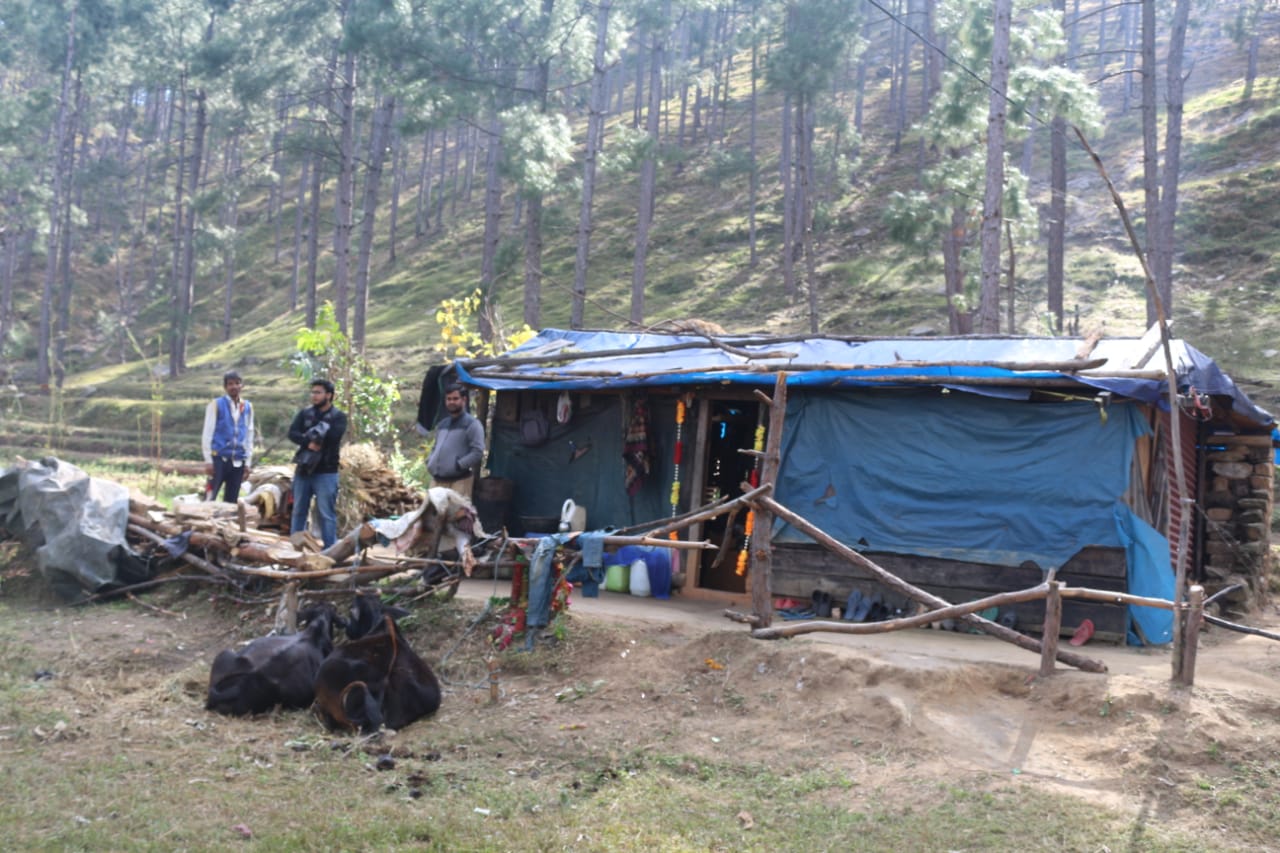
Exclusion and its Multidimensionality
The conceptual horizon of social exclusion is vast. On the one end, we can have individual alienation, and on the other hand the ‘othering’ of the whole community. There is another notion latched to the social exclusion; it also acts as a framework or window, peeping through it one can critically gaze at the kind of regime, the exclusionary policies, and the prospects of disadvantaged masses in the society. If we deliberate on the causality of Exclusion among the Raji tribe we can get a few key dimensions that heavily contribute to furthering the marginalities latched to the Raji tribe. The important themes that emerged during the brief field immersion are as follows:
Spatial Exclusion: The remoteness of the residence of the Raji community is one of the major impediments to their development. The hilly terrain restricts the population to fully participate in the socio-economic processes. One middle-aged respondent from Altadi village said,
“Jyada kaam upar Bhagichaura me milta hai, ynha se upar kaise roz jayen, idhar kaam nahi hota hai.” (The maximum amount of the labor work we get is uphill at Bhagichaura village, we hardly get any work downhill)
It became very visible that spatial location affects capability (as Amartya Sen advocates) of the Raji populace.
Information asymmetry: Though this concept holds currency in the discipline of economics. Here the author uses this concept for the actuality where the tribes are not getting enough information about the constitutional sanction they are entitled to. A young lad belonging to the Raji community works with Border Roads Organisation (BRO) as a daily wage laborer, told that he knows that he belongs to a Scheduled tribe but he doesn’t have any certificate or affidavit for the same. “Hum janjati hain, par mere paas koi bhi patra nahi hai ”( I am aware, but have no documentation to prove it)
Assimilation: The celebrated concept of “Hindu Method of Tribal Absorption” (Bose, 1941) finds its relevance within the Raji’s realm. During the brief stay with the Raji people, it became very much visible that the majority of their cosmologies have turned more towards the Hindu way of living. Apart from their own tribal god they also worship Hindu gods, such as Devi etc. More to this, this community also witnessed drastic changes at the cultural level. Earlier they were having marriage and death ceremonies in their traditional way, now they have adopted fully the Hindu cultural practices. Raji used to bury their dead ones, now they cremate them in the Hindu manner.
The Raji language has been listed under the ‘severely endangered’ language by UNESCO (The Guardian, 2011) and things become more worrying when the speakers of that very language turn unenthusiastic in using their mother tongue. On conversing with the people of Khirdwari it became very evident that now they are more frequent in using Kumaoni language while communicating with each other. The old lady said:
“Bachche ab jyaada hindi aur pahadi bhasha bolte hai, humari bhasha hum bade hi aapas me bolte hai .” ( The young ones preferably converse in Hindi or Kumaoni, we the elderly ones still use our indigenous language. )
The turning of Raji language as a ‘defunct’ language, and then we also witnessed the withering away of Raji’s traditional components, this hints towards the incompetence of the State in protecting the culture of indigenous masses as enshrined in the constitution.
Here it becomes very evident to bring Santos’s (2016) conception of ‘sociology of absences ’ where he suggests,“to expand the relevant experiences of the world. We expand the present because our present has been narrowed down to whatever exists on this side of the line and therefore we need to go beyond”. This piece in its limited capacity tries to apprehend the absences of the Raji tribe in particular. The Raji tribe remains very faintly visible in the academic realm, no serious deliberation has been carried down and addendum to this the state also has an oblivious stand over the varied marginalities of the Raji tribe.
The subordinates need a developmental approach where indigenous agency and voices from within must be made to count. The developmental framework we are eyeing should be based on ‘engaged governance’. Subordination & marginalization are polysemic concepts with layered manifestations, thus reversing it needs a relative and contextual procedure.
Thus the developmental approach should include stakeholders from the community as well.
Bhawesh Pant is a research scholar at the Centre for Study of Social Exclusion and Inclusive Policies, Tata Institute of Social Sciences, Mumbai.

